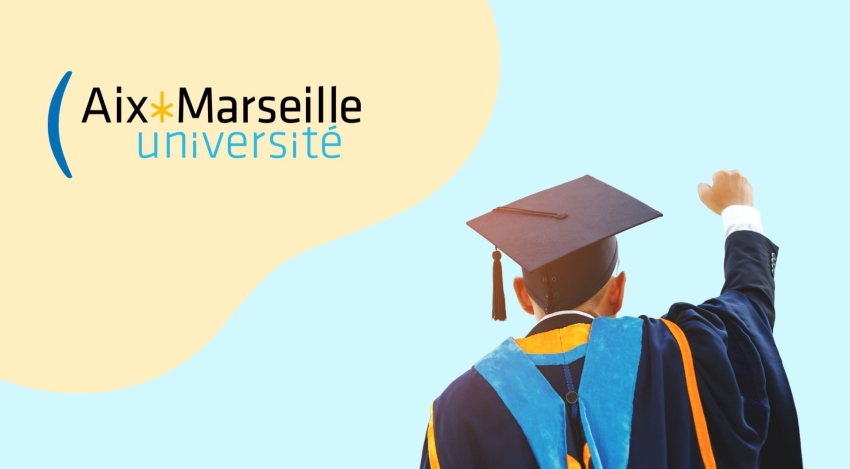

In the 2000s, as part of the open-source software movement and licenses like Creative Commons, we witnessed the emergence of online university education programs on the other side of the Atlantic. This was referred to as OpenCourseWare, or according to other sources, as quirky and short-lived initiatives. This phenomenon gradually developed until 2008 when the acronym MOOC was coined, standing for Massive Open Online Course. By 2011, almost all American universities had experimented with this model.
The phenomenon spread to Europe, and between 2012 and 2014, there was a true "MOOC boom." Approximately 400,000 students were enrolled in 53 MOOCs available on the France Université Numérique website, as well as through institutions like HEC, INSA, France Télévision, Pôle Emploi, and MOOC francophone.
By 2019, the excitement had somewhat subsided, with interpretations varying depending on perspective: for some, the MOOC fizzled out, while for others, the "fizzle" after the boom was merely a transition towards a more reasonable phase of flourishing—the ŏm?—in a (Buddho-)Hegelian dialectic.
While MOOCs are a emblematic example of online pedagogy, they only represent a portion of this new wave—or rather, the tidal wave that breaks down the resistance of new enthusiasts every day. Since the advent of the internet, it's possible to learn virtually anything online (as discussed in our previous article, "Is Knowledge in the Hands of YouTubers?"), on all subjects (from creative hobbies to philosophy), in all formats (from 2-minute videos to several weeks), using both academic and informal approaches, and with different economic models (YouTube channels, paid courses), synchronous (when the instructor and students are connected at the same time for instant exchanges) and asynchronous (when the training is available anytime for self-paced learning). In short, there's an abundance of options that constantly renew and enrich themselves.
The internet and new technologies—video recording and editing, webmastering, hosting and distribution platforms, social networks—facilitate content creation and dissemination, no doubt. However, the demand is also quite pressing. Why this frenzy? What are the reasons? They're certainly manifold, but it seems that changes in the job market—saturation, precarity—and the need for continuous learning play a significant role. The scarcity of resources in universities facing increasing demand for higher education, not only in developing countries but also elsewhere, completes the picture. Online education provides a solution to the growing need for education, and as Thomas Friedman said, "Big breakthroughs happen when what is suddenly possible meets what is desperately necessary."
Taking a step back, one can see that education has been transformed since the widespread use of the internet—since the mid-1990s in France. Gradually, open access to information displaced the teacher from the position of the all-knowing, in favor of Wikipedia and Google. The schematic yet authentic image of the old-school teacher as the sole source of knowledge is no more. From almost sun-like transmission, we've shifted towards a rhizomatic form. In fact, this is said to be the origin of the first MIT OpenCourseWare: according to some, it was more of a political innovation than a technological one, embodying the desire to open up a highly closed Anglo-American system.
Does this mean we're heading towards 100% online education? Not quite. At least, not yet.
First and foremost, like many disruptive innovations, online education "solves a problem for non-consumers. It doesn't take customers away from existing actors; it extends the market by offering a service to those who couldn't afford it before." (Philippe Silberzahn)
Furthermore, online education has nearly insurmountable limitations: even though it advocates for the free flow of knowledge, it's not suitable for everyone, far from it. Not everyone can effectively learn on their own in front of a screen. Before embarking on an online course, one must already possess the skill of learning—knowing if they've understood, knowing how to search for answers, knowing how to progress systematically. So, younger students or those who haven't gone through higher education may not benefit, as they might quickly lose their footing.
However, these pedagogical approaches are not mutually exclusive. In fact, they're already blending. While the end of traditional lecturing might be near, other methods are emerging, incorporating technological tools. Flipped classrooms, for instance, are gaining traction—these use pre-recorded video lessons, freeing up class time for discussions, questions, debates, and practical exercises.
Online courses, whether MOOCs or others, are currently more of a complementary tool among others in a pedagogical approach that's reinventing itself, more oriented towards autonomy, curiosity, practice, and research—a pedagogy for millennials.
As technology advances at a staggering pace, and the need for education keeps pace with population growth, we can easily envision a predominantly digital education. This is the vision of companies like Udacity or Coursera, which claim several notable advantages.
Firstly, it would offer global, free, and interactive access to the best courses from top universities, essentially equalizing the right to education in terms of income and geographical location. No longer would one need to be born into the American upper class to afford courses at Stanford or Harvard, whose tuition fees have increased by 559% since 1985.
The issue of student isolation could be solved through networking technologies: if the entire world follows the same course, there would always be at least one student connected via peer forums, regardless of the time of day or night. The university becomes a global network of cooperation, an immense tutorial class that's always full and animated.
Students are regularly tested in various ways, from frequent quizzes or practical exercises with integrated feedback and explanations to established and controlled peer-grading systems.
As for the teacher, whose absence might be lamented, they are simultaneously nowhere and everywhere. In fact, they multiply almost arithmetically: with an online course attended by 100,000 students, they reach as many students as they would in 250 years of "physical" classes. But the phenomenon is also qualitative, as they effectively give individual instruction to thousands of students at the same time, each of whom feels like they're having a conversation in a bar with someone fascinating (sic). In this sense, the use of technology would advantageously replace a fallible and tireable teacher. In a somewhat schematic manner, this means distinguishing between the OS aspects of teaching (evaluation, discipline) from the aspects that truly involve pedagogy, requiring strategy and creativity.
These are just a few examples, but they illustrate how technology can intelligently address certain paradoxes.
Lastly, data collection would also play a role in the process, as the hundreds of thousands of students connected to a course would provide enough data to identify and analyze common mistakes and anticipate them, adapt explanations, improve knowledge transmission—and beyond that, study human learning.
Article by Charlotte Yelnik (AdHocVerbis) for Kalyzée in collaboration with Stéphane Barbati.

